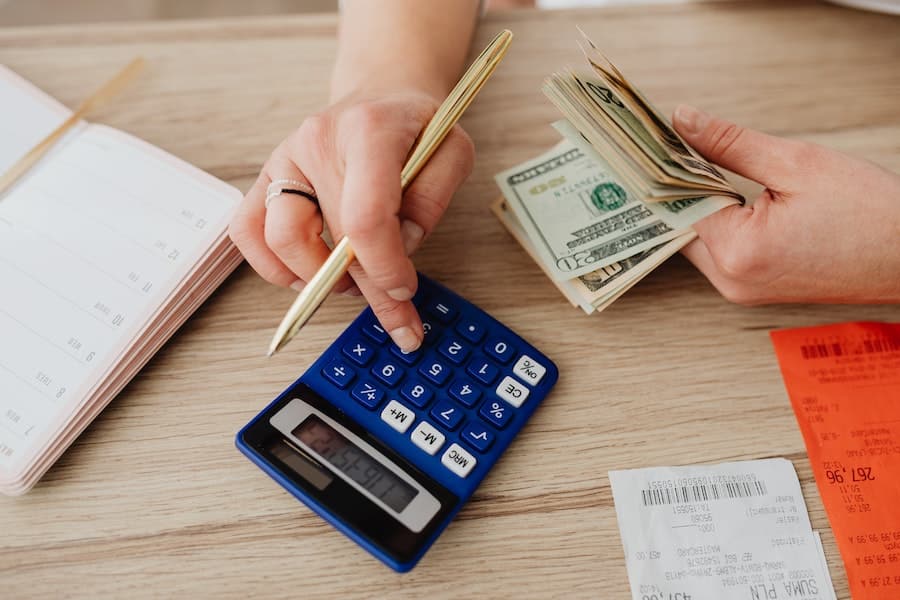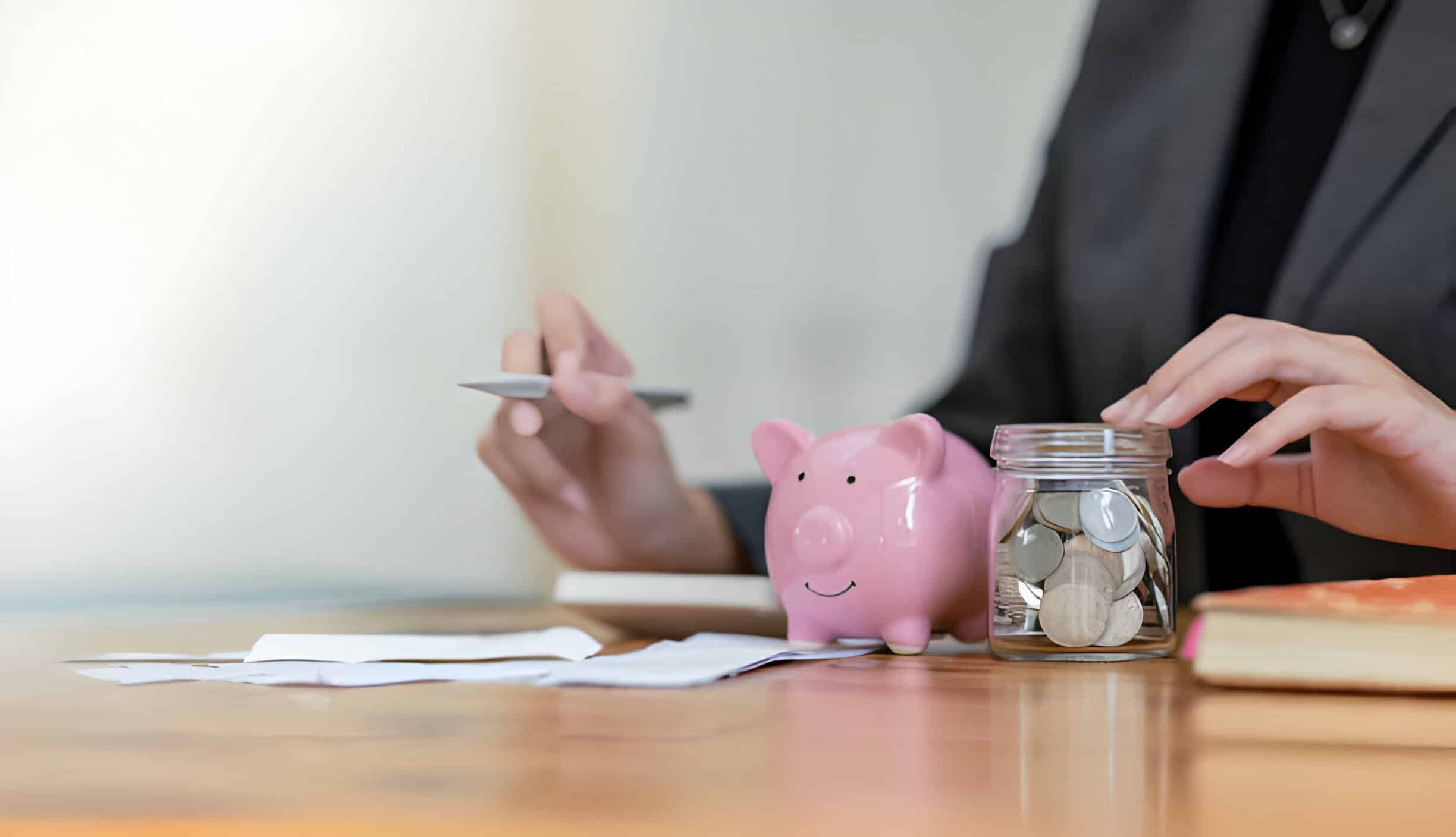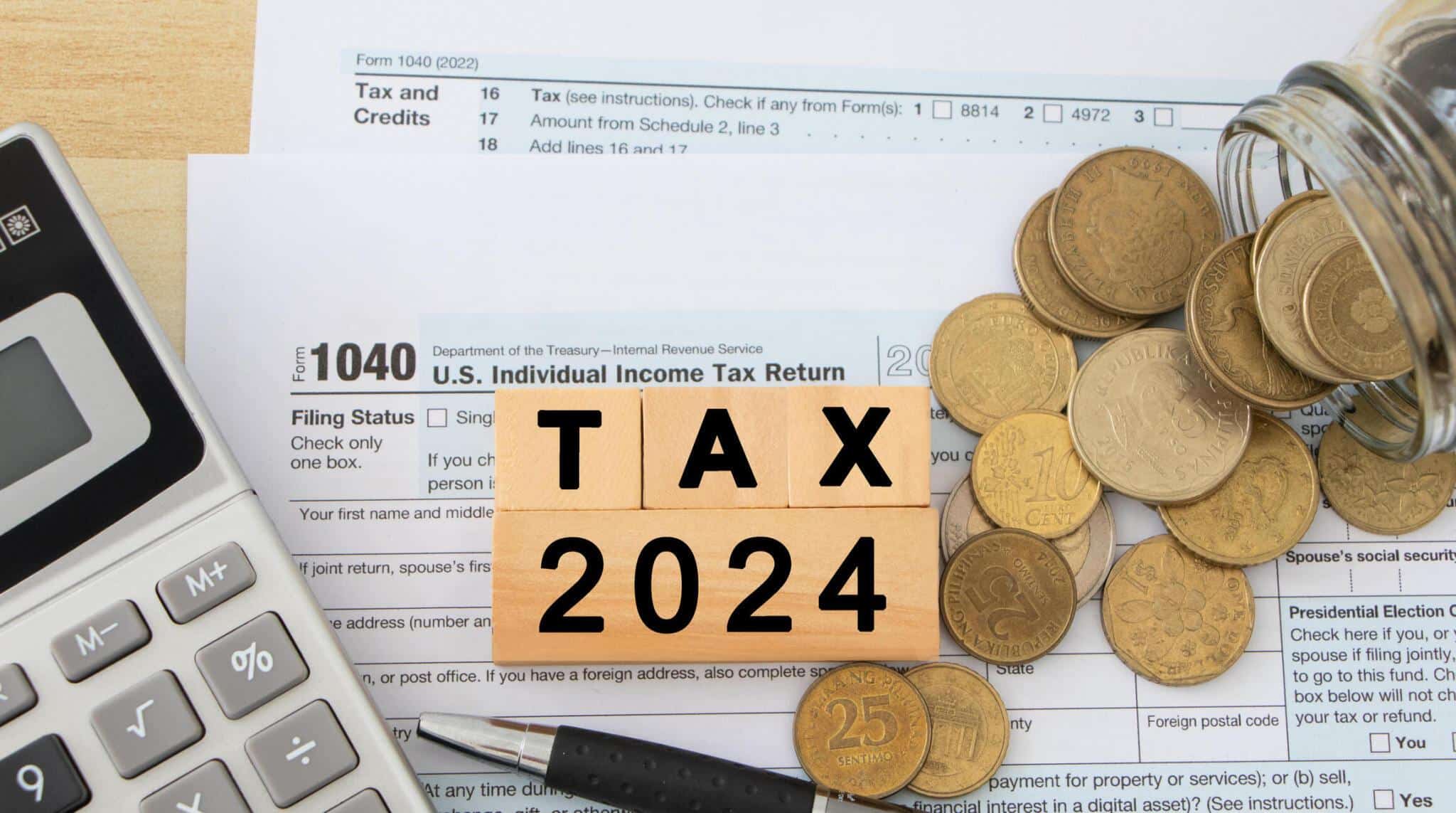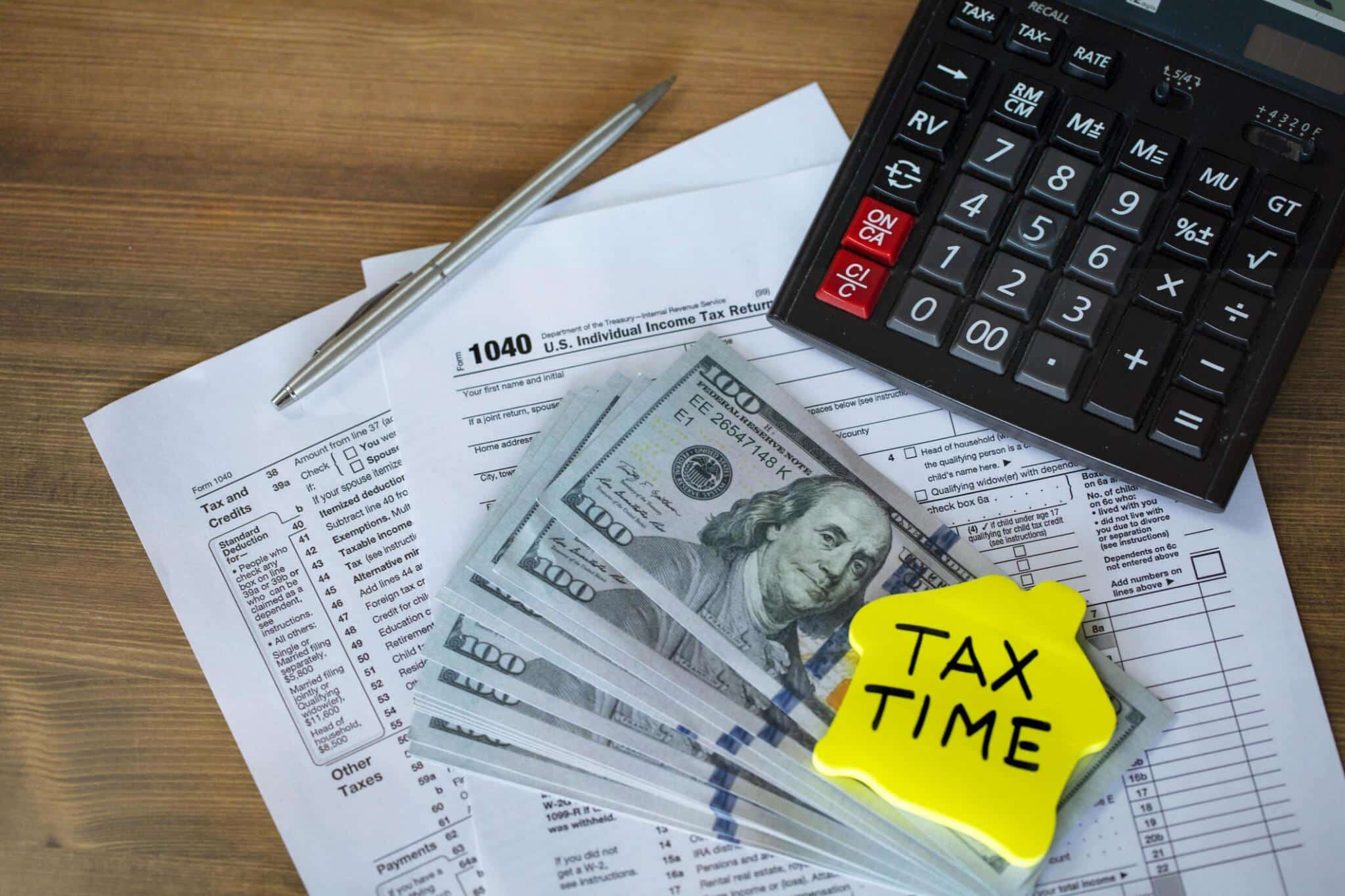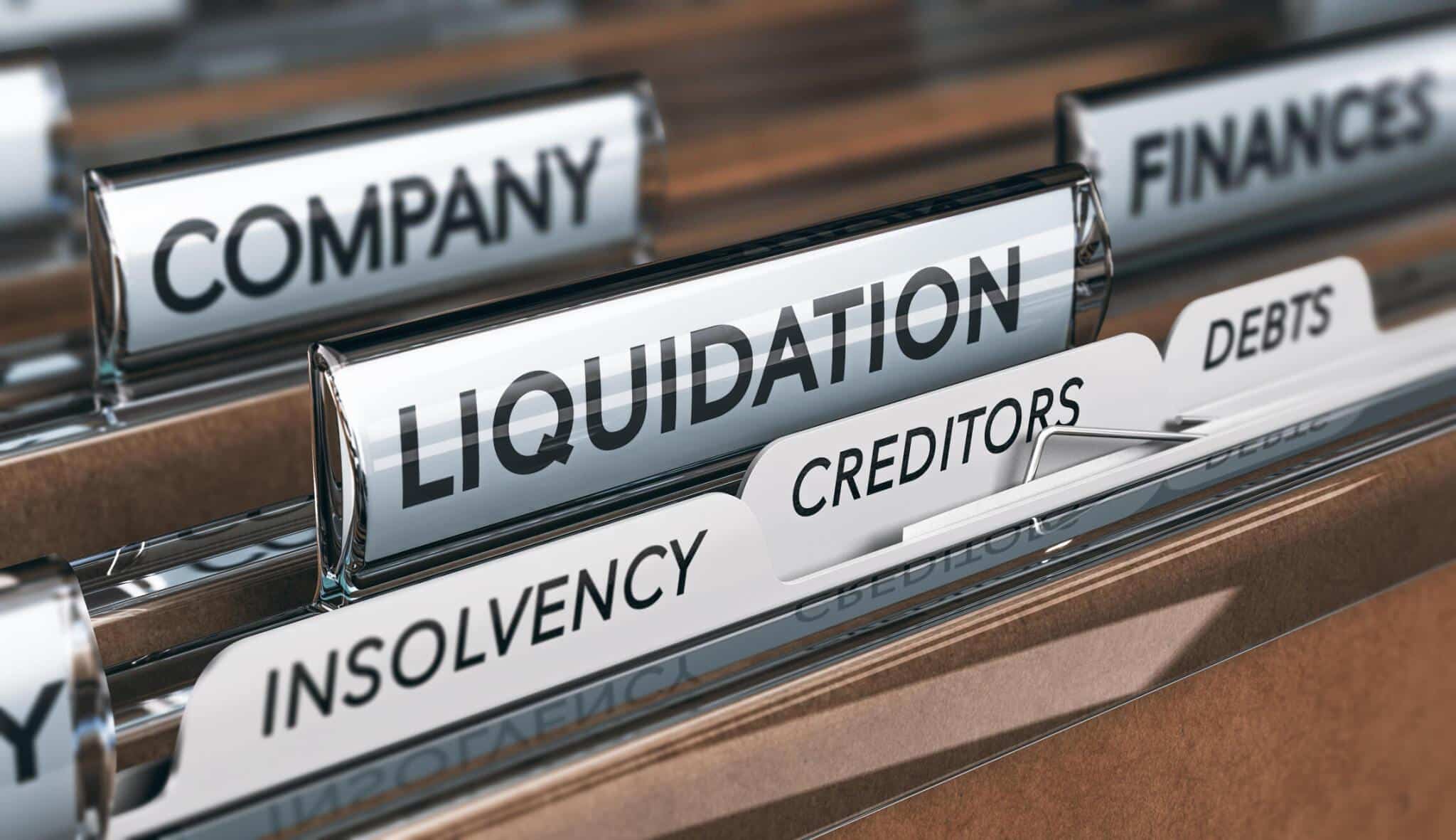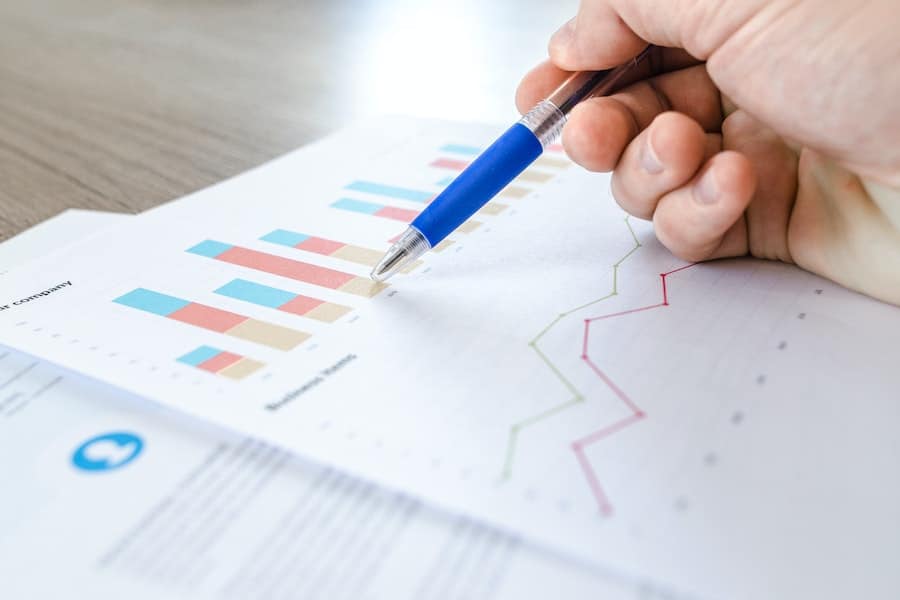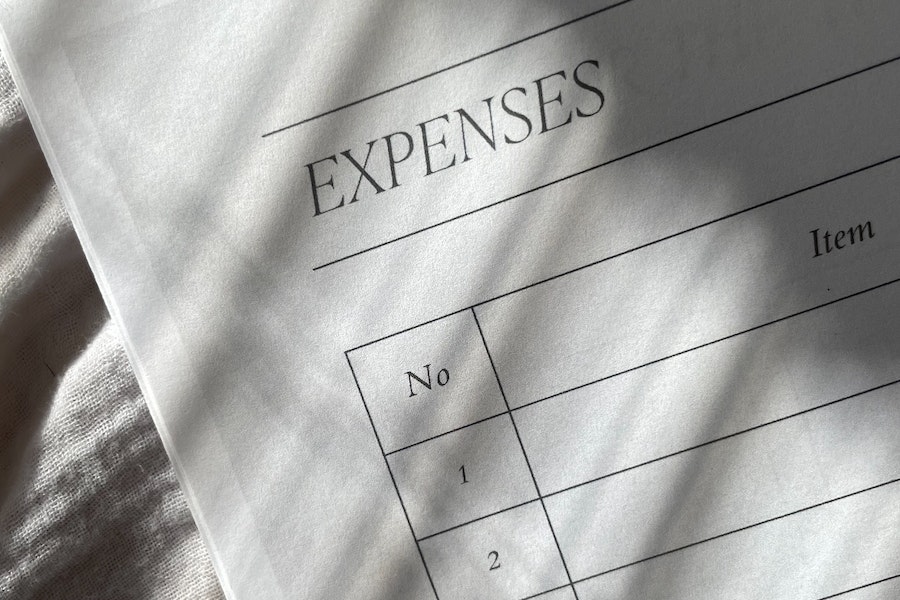Most businesses go through a period when their tax debt catches up with them. Sometimes you have to pay unexpected bills using money you have put aside for tax and sometimes the bill you receive is bigger than expected.
If your business owes the tax department money, while there will be interest charged on the debt, the good news is you won’t be expected to pay it all back at once.
Take a look at the steps to get things back under control:
1.Review your returns
If you have tax debt with the ATO, the first thing to do is review your past tax returns and activity statements.
There may be claims you failed to make or income reporting errors that can reduce the tax you owe by a significant amount.
The ATO allows you to amend your returns for up to two years after the day you receive your notice of assessment. If your tax bill seems out of control, it doesn’t hurt to have an accountant check over your last two returns and ensure that you have claimed deductions and entered earning information accurately.
Once you have taken steps to potentially reduce your tax debt, you can look into an ATO payment plan.
What is an ATO payment plan?
Payment plans allow you to pay back tax debt over a longer period of time.
You can request a payment plan as an individual, sole trader or business owner, or you can ask your registered tax or BAS agent to do so on your behalf.
The ATO allows for payments to be made weekly, fortnightly or monthly. Like a car loan repayment or mortgage, you pay an agreed amount until the debt is reduced to zero.
There are a few factors that the ATO recommends you take into account before applying for a payment plan:
- If you have multiple overdue tax bills, you may find your payment plan defaults. If this happens, you may have to pay your debt in full or set up further payment plans
- If you receive any tax credits or refunds while you are paying off your payment plan, these payments will go towards offsetting your debt. Keep in mind that they will not negate payments due on your normal schedule.
- You will accrue general interest charges for the duration of your payment plan
- You can make additional voluntary payments whenever you wish
- You still have to lodge activity statements and tax returns and pay any liabilities associated with those on time
2.Setting up a payment plan
When you set out to create a payment plan, you can start by trying out the ATO’s Payment Plan Estimator. This can give you an idea of how much you will have to pay back at a time and for how long.
If you set up payments on your own, you may need to provide information such as your business income, expenses, assets, account balances and debts.
The other way to set up a payment plan is with the help of your tax accountant. This professional is used to dealing with the tax office and can establish the plan for you.
Your accountant will also know if you might be eligible for an interest-free repayment plan. Some small businesses, for example, may be eligible for a 12-month interest-free payment plan if they meet the criteria, including having an annual turnover of less than $2 million and having a good track record of managing their repayments with the ATO.
Need help to reduce and control your tax debt? Get in touch with Mobbs & Company today. We support businesses on the Sunshine Coast, Caboolture and in Brisbane.
